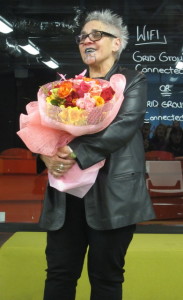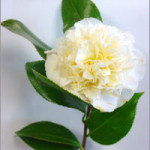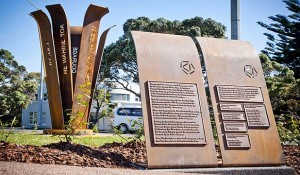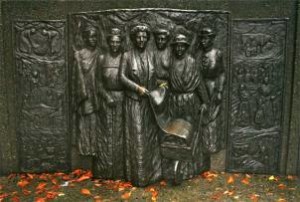 New Zealand was the first self-governing nation to grant all women the vote, when a bill was passed in Parliament on 19 September 1893. Each year Women’s Suffrage Day is celebrated throughout Aotearoa (although largely ignored by mainstream media, of course…). There’s an excellent web page about women winning the vote at http://www.christchurch.org.nz/women/
New Zealand was the first self-governing nation to grant all women the vote, when a bill was passed in Parliament on 19 September 1893. Each year Women’s Suffrage Day is celebrated throughout Aotearoa (although largely ignored by mainstream media, of course…). There’s an excellent web page about women winning the vote at http://www.christchurch.org.nz/women/
We went to a lively celebration of women’s liberation led by Professor Ngahuia Te Awekotuku, of Te Arawa, Tuhoe and Waikato, organised by Women’s Health Action in downtown Auckland. Ngahuia is the author of nine books, an academic, cultural curator and lesbian activist and much more…
(see https://en.wikipedia.org/wiki/Ngahuia_Te_Awekotuku )
Ngahuia delighted us all with her memories and pictures of the bold days of lesbian visibility and women’s liberation in Aotearoa over the last forty-five years. We are deeply grateful to those brave lesbians like Ngahuia, and the heterosexual women who worked with them.
Together they have helped to make society safer for lesbians and people of many gender identities, and to raise awareness of our continuing shared women’s issues.
*****************************************************
Two years ago, a new sculpture celebrating women who fought for the right to vote was unveiled in Rose Park, Mount Roskill, Auckland- but how many people heard about it, besides the 50 or so who were there for the unveiling?
STAND TALL: The Puketapapa Women’s Suffrage Memorial is inscribed with words that described the campaigners who won women the right to vote 120 years ago.
There is an interesting article on Stuff.co.nz celebrating the local Auckland women who dared to support the campaign…http://www.stuff.co.nz/auckland/local-news/central-leader/9202336/Memorial-to-suffragettes-marks-120-years
And in 2014, after being under threat of removal for most of the previous eight years, the restoration of the Suffrage Memorial in Khartoum Place, Auckland , was completed. Women have to work every day even to prevent the exclusion of women, as well as to ensure more inclusion of positive actions and tributes.
How about a book about public paintings, statues and sculptures and other public acknowledgements of women in New Zealand (like In Her Footsteps for London)?
 During the campaign for women’s suffrage, those who supported the 1893 Electoral Bill were presented with a white camellia to wear in their buttonhole. The white camellia has since become an endearing symbol of women’s suffrage in New Zealand, and a new variety, named after Kate Sheppard, was created for the 100th anniversary in 1993.
During the campaign for women’s suffrage, those who supported the 1893 Electoral Bill were presented with a white camellia to wear in their buttonhole. The white camellia has since become an endearing symbol of women’s suffrage in New Zealand, and a new variety, named after Kate Sheppard, was created for the 100th anniversary in 1993.
In Christchurch, the bronze memorial to the women central to the struggle for the vote is standing strong, in spite of the earthquakes. The memorial depicts Kate Sheppard and Meri Te Tai Mangakahia, along with other leading suffragists. They are – Amey Daldy, a foundation member of the WCTU and president of the Auckland Franchise League, Ada Wells of Christchurch, who campaigned for equal educational opportunities for girls and women, Harriet Morison of Dunedin, vice-president of the Tailoresses’ Union, and Helen Nicol, who led the campaign for the women’s franchise in Dunedin.
On Women’s Suffrage Day we also remember
all those women maimed and killed by men
and all the work we must do
until all human beings
are recognised as being equally human,
and gender discrimination and exclusion
can safely slip to last place
on our nation’s agenda.


 Earthsong Eco Neighbourhood
Earthsong Eco Neighbourhood Public Good
Public Good
Speak Your Mind